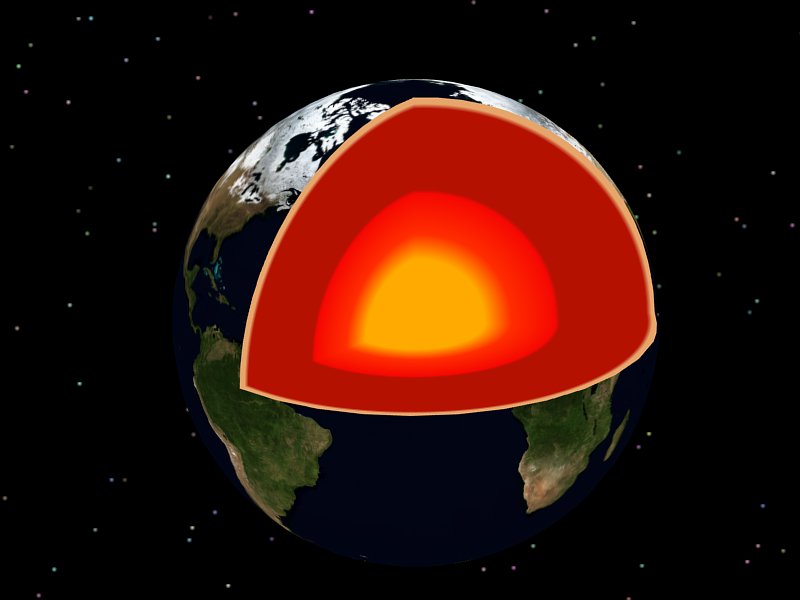This will be a talk for the University of Bonn Logic Seminar, Friday, January 13, 2017, at the Hausdorff Center for Mathematics.
Abstract. Set-theoretic geology is the study of the set-theoretic universe

This will be a talk for the University of Bonn Logic Seminar, Friday, January 13, 2017, at the Hausdorff Center for Mathematics.
Abstract. Set-theoretic geology is the study of the set-theoretic universe
This will be a talk for the CUNY Set Theory Seminar, September 2 and 9, 2016.
 In two talks, I shall give a complete detailed account of Toshimichi Usuba’s recent proof of the strong downward-directed grounds hypothesis. This breakthrough result answers what had been for ten years the central open question in the area of set-theoretic geology and leads immediately to numerous consequences that settle many other open questions in the area, as well as to a sharpening of some of the central concepts of set-theoretic geology, such as the fact that the mantle coincides with the generic mantle and is a model of ZFC.
In two talks, I shall give a complete detailed account of Toshimichi Usuba’s recent proof of the strong downward-directed grounds hypothesis. This breakthrough result answers what had been for ten years the central open question in the area of set-theoretic geology and leads immediately to numerous consequences that settle many other open questions in the area, as well as to a sharpening of some of the central concepts of set-theoretic geology, such as the fact that the mantle coincides with the generic mantle and is a model of ZFC.
Although forcing is often viewed as a method of constructing larger models extending a given model of set theory, the topic of set-theoretic geology inverts this perspective by investigating how the current set-theoretic universe
For example, Reitz had inquired in his dissertation whether any two grounds of
Last year, Usuba proved the strong DDG, and I shall give a complete account of the proof, with some simplifications I had noticed. I shall also present Usuba’s related result that if there is a hyper-huge cardinal, then there is a bedrock model, a smallest ground. I find this to be a surprising and incredible result, as it shows that large cardinal existence axioms have consequences on the structure of grounds for the universe.
Among the consequences of Usuba’s result I shall prove are:
Related topics in set-theoretic geology:
